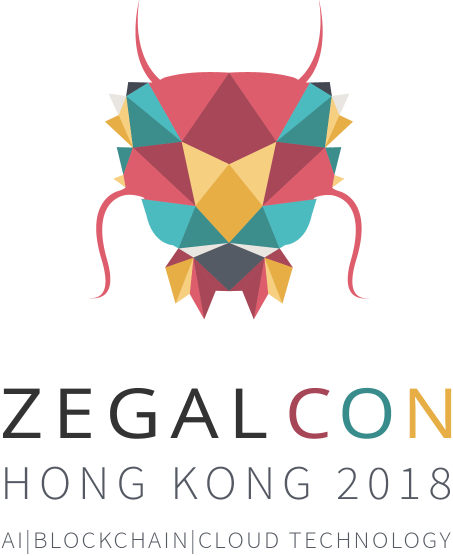ZegalCon 2018 - Bringing It All Together.

ZegalCon 2018 was held last week and it is safe to say that the conference has matured into one of the key must-attend events for the Hong Kong (and wider) legal community. Every talk was interesting in its own right, and over the course of the full day there were sixteen speakers so what follows is not meant to capture everything that happened. However, for this attendee (and speaker), below were a few of the key take-away points and interesting revelations.
Artificial intelligence in law is not confined to legal tech
Florence Chu of Microsoft was interviewed on stage by Mike Evans regarding their work in the AI field. Amongst many of Microsoft’s interesting projects, one key point was that AI is accessing all kinds of data and information, both written and visual, and is helping to process this information to drive useful insights. And while this is certainly happening outside of the purely legal realm, there are a lot of legal questions and insights pertaining to behavioral patterns and extracting information from non-electronic data sources that can be driven by AI, which has profound implications for the practice of law. Indeed, legal advice starts with an understanding of the facts, and AI powered tools are dramatically transforming our access to facts and patterns which in turn can – and should – inform legal work.
Blockchain is over the hype hump and starting to get real
Pádraig Walsh and Brian Elders spoke about blockchain advances and reality. Their view was that the “peak hype” of blockchain had passed and we were on our way to the “trough of dissolutionment” on the Gartner Hype Cycle. However, this also meant that some more sustainable uses and approaches were starting to happen with blockchain. For example, blockchain developers were starting to develop robust and defensible approaches to handling confidential and sensitive information on a blockchain system, which relies on public replication to ensure accuracy. They also noted the development of the RCO (Registered Coin Offering) as a way that developers in the cryptocurrency space were trying to work together with regulators to develop a product that was founded on stable legal grounds, while still existing in the crypto world of BitCoin and its ilk.
A picture is worth one thousand words
The final speaker of the day, Maurits Fornier made the trip all the way from Amsterdam to share the work that he and his firm have done in applying design principles to the law. Rather than the usual approach to design in law (which is about using design thinking to innovate processes and delivery models in law), Fornier uses graphic design to create documents that tell a legal story visually rather than with words. For example, when setting out a complex fact pattern that involved multiple parties with information that was selectively shared in small pieces over an extended timeline, graphics were a powerful way to show who knew what, when, and how that impacted the key transaction deadlines. Another example showed how key terms of a memorandum of understanding could be tied to a series of icons so a business person could quickly understand the mechanics and terms without having to closely read multiple pages of dense legal drafting.

Many thanks to Zegal for organizing and pulling off such a tremendous event. Clearly, a lot of very smart minds have set themselves to the task of envisioning a future of legal practice that is user-friendly, informed by data, and driven by the best that technology has to offer us in Hong Kong, and around the world. Every legal practitioner, whether in-house or law firm, should stand up and take notice to ensure they are keeping up with the evolution that is happening all around them.
Bill Novomisle
Oct 25, 2018
Related Posts.
By: KorumLegal
LegalTech SoapBox: Structure your contract process with Della
LegalTech is a priority for many GCs and we know it can be a little difficult to find the best tool for your department with a plethora of LegalTech tools out there. So we've been interviewing..
By: Lily Evans and Gina Reid
KorumLegal Consultant: Gina Reid discusses the ALSP model
Gina is currently Assistant General Counsel at a global tech company. Gina has more than 20 years' experience advising multi-national corporations and private clients on intellectual property, data..
